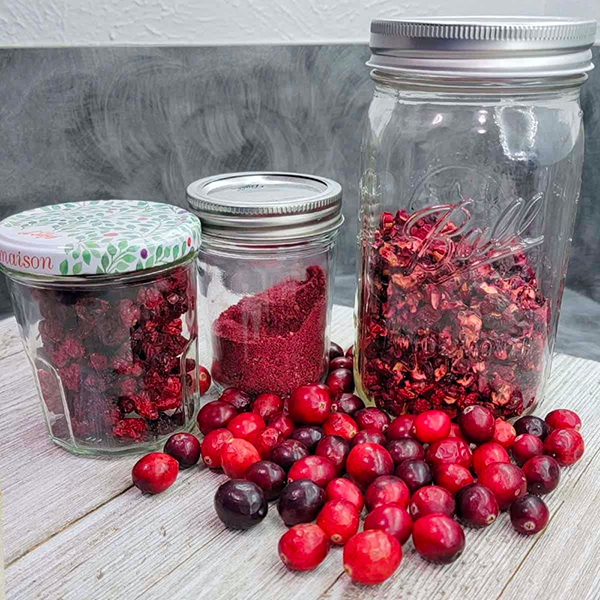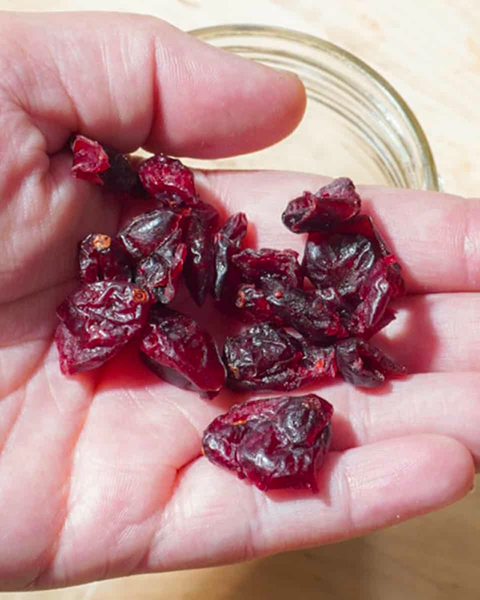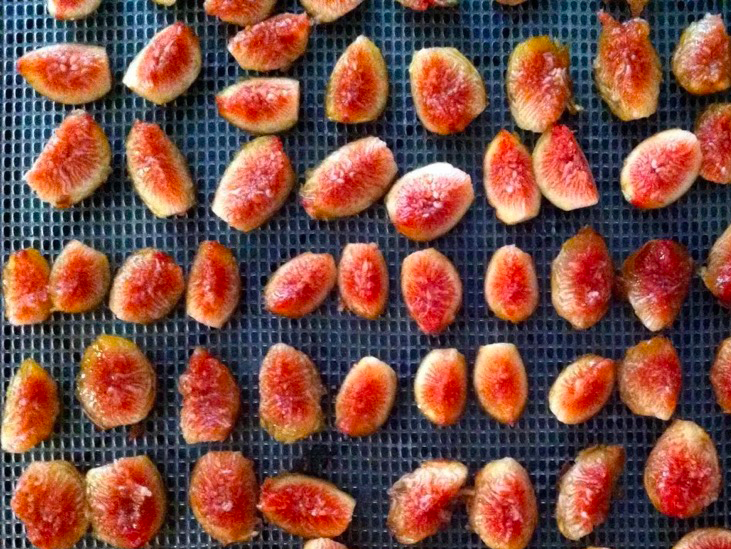
Content Menu
● Understanding Food Dehydration
● Benefits of Using a Food Dehydrator
● Choosing Your Fruits
● Preparation Steps
● Setting Up Your Dehydrator
● Monitoring Progress
● Storing Dehydrated Fruits
● Creative Uses for Dehydrated Fruits
● Making Fruit Leathers
● Tips for Successful Dehydration
● Conclusion
● FAQ
>> 1. What types of fruits are best for dehydrating?
>> 2. Do I need to peel my fruits before dehydrating?
>> 3. How do I prevent my fruit from browning?
>> 4. How long does it take to dehydrate fruit?
>> 5. Can I dehydrate vegetables in the same machine?
● Citations:
Using a food dehydrator is an excellent way to preserve fruits, allowing you to enjoy their flavors and nutrients long after the harvest season. This guide will walk you through the process of using a food dehydrator for fruit, including preparation, drying techniques, and storage tips. By the end of this article, you'll be equipped with all the knowledge needed to create delicious dehydrated fruit snacks.

Understanding Food Dehydration
Food dehydration is a method that removes moisture from food to inhibit the growth of bacteria, yeast, and mold. This process not only preserves food but also intensifies its flavors, making dehydrated fruits a popular choice for snacking, baking, and cooking.
Benefits of Using a Food Dehydrator
- Preservation: Extends the shelf life of fruits.
- Nutrient Retention: Helps retain vitamins and minerals compared to other preservation methods.
- Flavor Enhancement: Concentrates the natural sweetness and flavor of fruits.
- Versatility: Can be used for various fruits and even vegetables.
Choosing Your Fruits
When selecting fruits for dehydration, consider those with lower moisture content and natural sugars. Here are some excellent choices:
- Apples
- Bananas
- Strawberries
- Pineapples
- Mangos
- Peaches
- Apricots
Preparation Steps
1. Wash the Fruits: Rinse all fruits under cool water to remove dirt and pesticides.
2. Peel (if necessary): Some fruits like apples and pears can be peeled for better texture, while citrus fruits can be left unpeeled.
3. Slice Uniformly: Cut fruits into even slices (about 1/4 inch thick) to ensure consistent drying. Thinner slices will dehydrate faster.
4. Pretreat (Optional): To prevent browning and enhance flavor:
- Soak in a lemon juice solution (1 part lemon juice to 3 parts water) for 3-5 minutes.
- Alternatively, use ascorbic acid solutions available at health stores.
Setting Up Your Dehydrator
1. Arrange Fruit on Trays: Place the prepared fruit slices in a single layer on the dehydrator trays without overlapping them. This allows for better air circulation.
2. Set Temperature: Most fruits dehydrate well at temperatures between 135°F to 145°F (57°C to 63°C). Refer to your dehydrator's manual for specific settings.
3. Drying Time: The drying time varies by fruit type and thickness:
- Apples: 6-8 hours
- Bananas: 8-12 hours
- Strawberries: 6-10 hours
- Pineapples: 10-20 hours
4. Rotate Trays: If your dehydrator has multiple trays, rotate them halfway through the drying process for even results.
Monitoring Progress
Check the fruit periodically during the drying process. The fruit is done when it is leathery and no longer sticky. For example:
- Apples should be pliable but not moist.
- Strawberries should feel dry but still slightly flexible.

Storing Dehydrated Fruits
Once dried, let the fruit cool completely before storing. Proper storage is crucial to maintain quality:
1. Conditioning: Place cooled dried fruit in a large container for several days to equalize moisture content.
2. Airtight Containers: Store in airtight containers or vacuum-sealed bags to keep out moisture and air.
3. Cool, Dark Place: Keep stored fruit in a cool, dark place away from heat sources.
4. Shelf Life: Properly dried and stored fruits can last up to a year.
Creative Uses for Dehydrated Fruits
Dehydrated fruits are versatile! Here are some ideas:
- Snack on them directly as healthy treats.
- Add them to trail mixes or granola.
- Use in baking recipes like muffins or bread.
- Rehydrate in water or juice for use in cooking or smoothies.
Making Fruit Leathers
Fruit leathers are another delightful way to enjoy dehydrated fruit. They are made by pureeing fresh fruit and spreading it thinly on dehydrator trays. Here's how you can make your own:
1. Select Your Fruits: Choose ripe fruits like strawberries, mangos, or apples.
2. Puree the Fruit: Blend your chosen fruits until smooth. You can add a bit of lemon juice or honey for extra flavor.
3. Spread on Trays: Pour the puree onto dehydrator trays lined with non-stick sheets or parchment paper, spreading it evenly about 1/8 inch thick.
4. Dehydrate: Set your dehydrator at 135°F (57°C) and dry for about 6-8 hours or until it is no longer sticky when touched.
5. Cut and Store: Once dried, cut into strips and roll them up in parchment paper before storing in an airtight container.
Tips for Successful Dehydration
To ensure you get the best results when using your food dehydrator, consider these additional tips:
- Use Fresh Ingredients: Start with fresh, high-quality fruits that are ripe but not overripe or bruised[1][2].
- Uniform Slicing: Consistency in slice thickness is key; aim for about 1/4 inch thick slices[3][4].
- Avoid Overlapping: Always lay out fruit slices without overlapping them on the trays[5][6].
- Check Frequently Towards End of Drying Time: As you approach the estimated drying time, check more frequently to avoid over-drying[9].
- Label Your Storage Containers: Include the date of dehydration so you can keep track of freshness[3].
Conclusion
Using a food dehydrator is an effective way to preserve fruits while enhancing their flavors. By following these steps—preparing your fruits correctly, monitoring the dehydration process, and storing them properly—you can enjoy delicious snacks throughout the year. With practice, you'll discover your favorite combinations and methods for dehydrating various fruits.

FAQ
1. What types of fruits are best for dehydrating?
Fruits with lower moisture content such as apples, bananas, strawberries, and peaches are ideal for dehydration due to their natural sugars and flavor profiles.
2. Do I need to peel my fruits before dehydrating?
Peeling is optional; however, removing skins from certain fruits like apples can improve texture while leaving citrus peels intact can add flavor.
3. How do I prevent my fruit from browning?
Soaking sliced fruit in a lemon juice solution or using ascorbic acid can help prevent browning during dehydration.
4. How long does it take to dehydrate fruit?
Drying times vary by fruit type; generally, it takes between 6 to 20 hours depending on thickness and moisture content.
5. Can I dehydrate vegetables in the same machine?
Yes! Food dehydrators can be used for both fruits and vegetables; just adjust drying times according to the specific vegetable being dried.
Citations:
[1] https://www.thespruceeats.com/how-to-dry-fruits-and-vegetables-with-a-dehydrator-1388312
[2] https://www.backpackingchef.com/dehydrating-fruit.html
[3] https://westonbrands.com/weston-dehyrating-tips
[4] https://www.freshoffthegrid.com/dehydrating-food/
[5] https://alittleinsanity.com/natural-fruit-chips-in-excalibur-dehydrator/
[6] https://underatinroof.com/blog/2022/4/14/tips-for-dehydrating-fruits-and-vegetables
[7] https://www.youtube.com/watch?v=2RCRSi9AF5E
[8] https://www.kitchenstewardship.com/how-to-dehydrate-fruits-excalibur-week/
[9] https://www.dehydratorsamerica.com/post/best-practice-for-drying-fruit-and-vegetables-commercial-dehydrators
[10] https://www.allrecipes.com/article/how-to-use-a-food-dehydrator/











